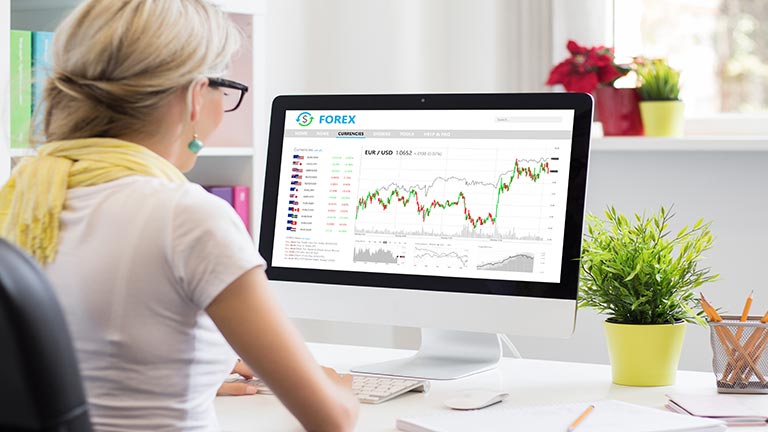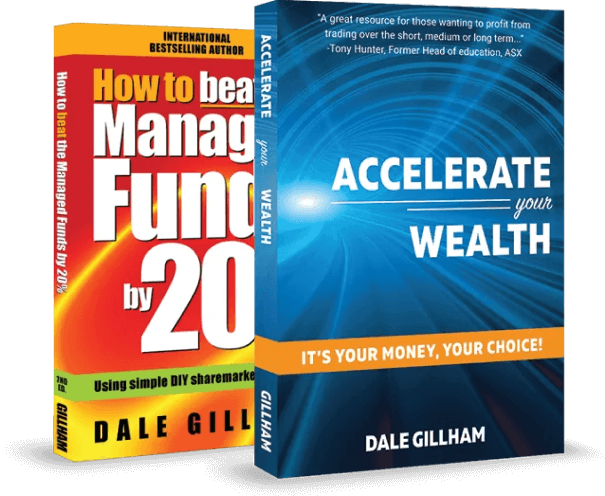Australia’s Economy is Grinding to a Halt: What Will the RBA Do?

By Dale Gillham and Fil Tortevski
Forget inflation, that’s yesterday’s battle. Today, Australia’s real problem is much darker - the economy is quietly stalling, and the RBA knows it. Everyone’s been obsessed with prices being “higher for longer” headlines, but inflation isn’t what’s driving the Reserve Bank anymore; it’s fear. Fear that Australia’s growth engine is grinding to a halt right under their nose.
Warning signs that the economy is stalling
The warning lights are flashing everywhere. The ANZ-Indeed Job Ads Index just plunged another 3.3 per cent in September, now at its lowest since early 2024. That’s three straight months of job postings gone. Businesses aren’t hiring, they’re freezing, waiting and watching. The jobs engine that kept this economy afloat through the inflation storm is now spluttering.
Consumers have already checked out. The Westpac-Melbourne Institute Consumer Sentiment Index crashed 3.5 per cent to 92.1, the weakest in six months. Optimism is evaporating, and spending is drying up, and when households stop spending, the RBA stops sleeping.
The construction sector, one of Australia’s biggest employers and growth drivers, is also buckling. Labour shortages remain unsolved, and the pipeline of new projects is drying up. Construction firms are collapsing under cost pressures, while developers walk away as lending tightens. Business investment is stagnant, and the cranes that once filled our skylines are vanishing, taking confidence with them.
Will the RBA lower interest rates when they meet next?
So, when the RBA meets in November, don’t expect fireworks. They’ll wait, as they always do, for another round of data. But by December, they’ll have no choice; the pressure will be too great. A rate cut isn’t a possibility anymore; it’s inevitable.
But here’s the twist everyone is missing. This won’t be a victory lap on inflation; it’ll be a rescue mission in a desperate attempt to stop the economy from slipping into paralysis.
Because once hiring slows and confidence collapses, it’s game over for growth. Without jobs, spending dies, and without spending, businesses fold. That’s how a slowdown becomes a spiral, and that’s exactly what the RBA is trying to stop.
So don’t let the talking heads fool you. This isn’t about inflation anymore; it’s about survival. When that December cut finally comes, don’t mistake it for a Christmas gift; it’ll be a warning that Australia’s economic heartbeat is fading.
What were the best and worst-performing sectors last week?
The best-performing sectors included Materials, up 0.88 per cent, followed by Industrials, up 0.84 per cent and Health Care, up 0.16 per cent. The worst performing sectors included Information Technology, down 2.34 per cent followed by Consumer Discretionary, down 2.29 per cent and Energy, down 1.44 per cent.
The best performing stocks in the ASX top 100 included South32 Limited, up 12.54 per cent, followed by James Hardie Industries, up 10.51 per cent and Lynas Rare Earths, up 9.69 per cent. The worst-performing stocks included BlueScope Steel, down 7.94 per cent, followed by WiseTech Limited, down 5.13 per cent and Light & Wonder Inc, down 4.95 per cent.
What's next for the Australian stock market?
Despite the steady stream of gloomy headlines in recent weeks, from the ongoing U.S. government shutdown to weaker global manufacturing data, the All-Ordinaries Index has continued to climb. On Monday last week, it quietly reached a new all-time high, briefly surpassing its previous peak before easing back to close the week just 0.26% lower.
Even with that pullback, the index remains near record levels, showing resilience rather than the weakness many expected. It’s a reminder that markets often climb a wall of worry, and right now, the All Ords is doing exactly that.
From here, it’s quite possible we’ll see some sideways consolidation through the rest of October before the next leg higher. That would be an encouraging outcome, given October’s reputation as one of the more volatile months for markets.
The next resistance sits around 9,600, with 9,000 holding firm as a key support zone. As long as the index remains above that level, the broader uptrend stays intact.
What’s truly driving this rally is the Materials sector. The big miners have roared back to life, lifting smaller resource players. With commodity prices finally catching up to inflation, the sector looks poised to outperform well into next year. The Materials Index itself hit a new record high this week, which could be the start of a much larger move.
Now is the time to dig deeper and look for materials stocks showing early signs of strength because the heat is well and truly on this sector right now.
For now, good luck and good trading.
Dale Gillham is the Chief Analyst at Wealth Within and the international bestselling author of How to Beat the Managed Funds by 20%. He is also the author of the award-winning book Accelerate Your Wealth—It’s Your Money, Your Choice, which is available in all good bookstores and online.
How Wealth Within helps you trade with confidence
At Wealth Within, we believe education is the foundation of confident, profitable investing. Whether you’re new to the markets or ready to refine advanced techniques, our Trading courses are designed to give you the skills to succeed.
Beginners to seasoned traders wanting to take more profit from the market can learn to trade shares safely with structured strategies.
Our government‑accredited Diploma of Share Trading and Investment teaches a proven five‑step approach to managing risk, timing entries, and maximising profits.
To see market commentary in action, our Hot Stock Tips videos, ASX video library delivers weekly insights on the latest opportunities.
To understand why thousands of Australians trust us, read more About Wealth Within.






